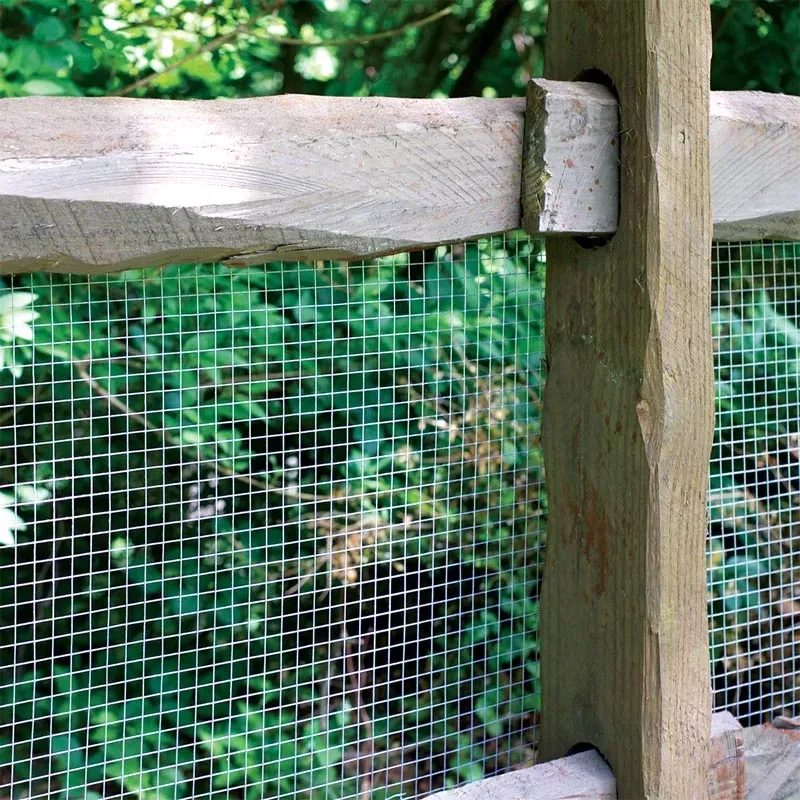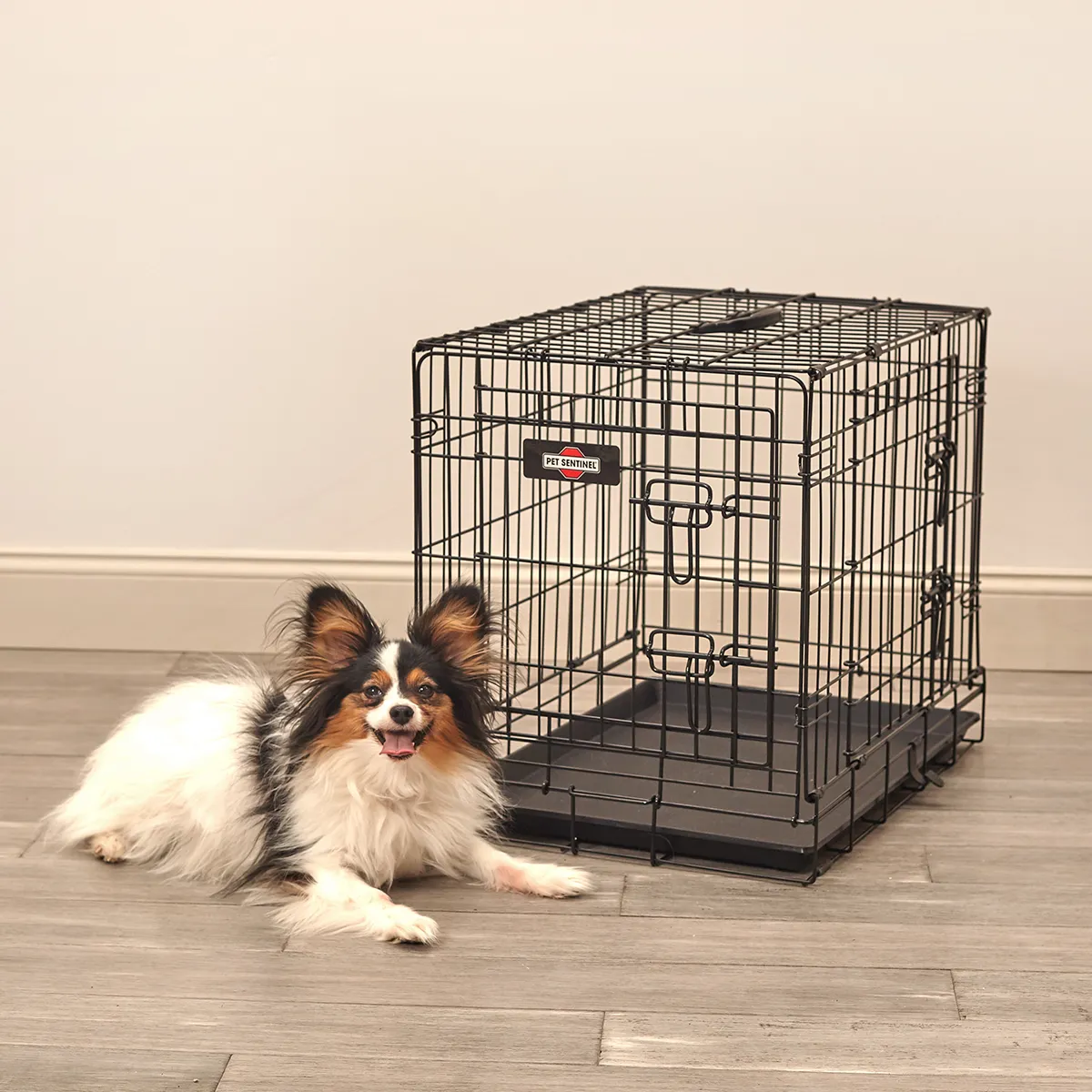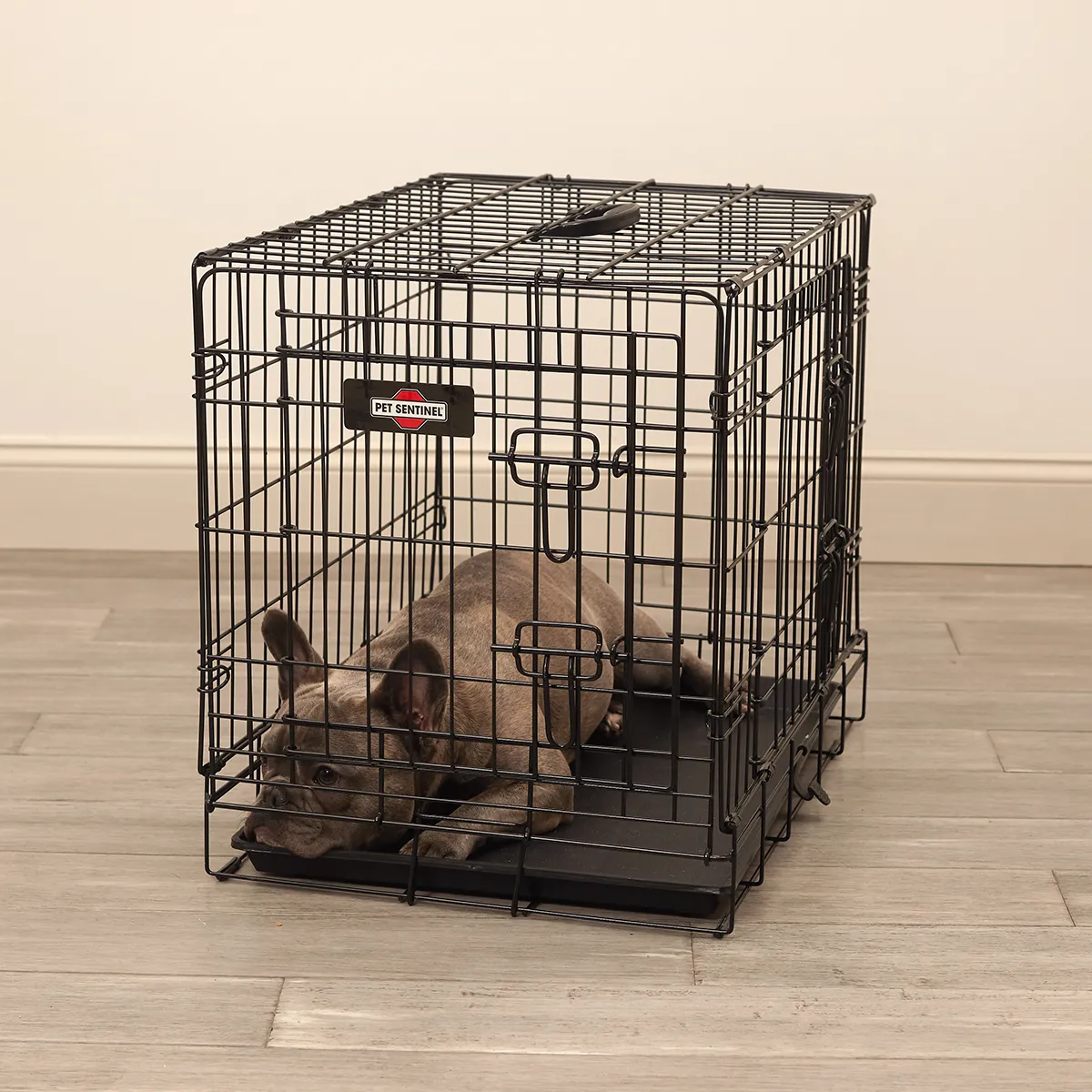Different Designs and Materials for Effective Livestock Fencing Solutions
Dic . 19, 2024 16:22
Types of Livestock Fencing A Comprehensive Guide
When it comes to managing livestock, one of the most crucial elements to consider is effective fencing. The right type of fencing not only keeps your animals safe and contained but also protects your property and crops from wildlife and stray animals. With a myriad of fencing options available, understanding the types of livestock fencing and their specific applications can help you make an informed choice that suits your needs.
1. Barbed Wire Fencing
Barbed wire fencing is one of the most commonly used types of fencing for livestock. It consists of wire strands with sharp barbs at regular intervals, which deter animals from attempting to breach the fence. This type of fencing is cost-effective and relatively easy to install, making it a popular choice among farmers. However, while barbed wire is effective for cattle and sheep, it may not be suitable for smaller animals like goats or pigs, as it can cause injury.
2. Electric Fencing
Electric fencing offers a modern approach to livestock containment. By delivering a mild electric shock when animals come into contact with the fence, it effectively discourages them from attempting to escape. Electric fencing is versatile and can be adjusted based on the type of livestock being contained. It’s particularly beneficial for containing animals with a strong instinct to roam, such as horses and goats. Additionally, electric fences are lightweight and easy to set up and maintain, making them an attractive option for many farmers.
Wooden fencing is synonymous with strength and durability. Often used for horses, wooden fencing can provide a safe and appealing enclosure that blends with natural landscapes. Wooden boards, rails, or posts can be arranged in various configurations, such as split-rail or post-and-rail designs. While wooden fencing is aesthetically pleasing, it can be more expensive and requires regular maintenance to prevent rot and decay. Proper treatment and sealing can prolong its life, but it may not be the best choice for high-impact animals.
types of livestock fencing

4. Chain Link Fencing
Chain link fencing is another option that offers strong, durable containment. This type of fencing is commonly used in urban areas, providing visibility while reliably enclosing animals. Chain link is low maintenance and resistant to weather elements, making it a practical solution for livestock enclosures. However, while it works well for smaller animals, it may not be the best fit for larger livestock due to the potential for bending and pushing through.
5. Vinyl Fencing
Vinyl fencing is gaining popularity due to its clean appearance and minimal maintenance requirements. It is resistant to weather, rot, and pests, making it a long-lasting solution for horse fencing and other livestock. Vinyl can mimic the look of traditional wooden fencing, providing the aesthetic appeal without the upkeep. However, like wooden fencing, vinyl can be more expensive compared to barbed wire and electric options.
6. Field Fencing
Field fencing is designed specifically for agricultural purposes and is often used for containing livestock like sheep and goats. This type of fencing comprises woven wire or a rigid grid structure, providing safety and security for smaller animals. Field fencing can be combined with barbed wire or electric options for enhanced effectiveness, creating a versatile solution for various terrains.
Conclusion
Choosing the right type of livestock fencing is essential for ensuring the safety of your animals and the protection of your land. Each type of fencing has its advantages and limitations based on factors such as the type of livestock, budget, and aesthetic preferences. Whether you opt for barbed wire, electric fencing, wooden fences, chain link, vinyl, or field fencing, make sure to consider the specific needs of your farm and animals. By investing in a quality fencing solution, you can create a safe and secure environment for your livestock, ultimately contributing to a successful farming operation.









 Unity
Unity Creation
Creation Challenge
Challenge Contribution
Contribution










